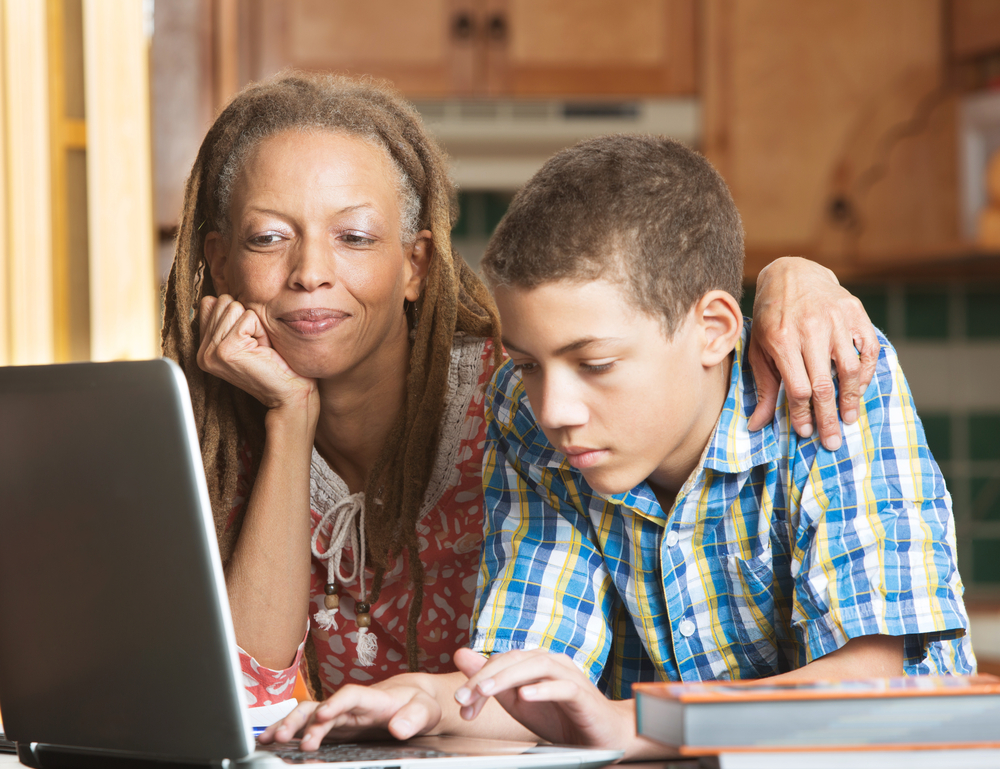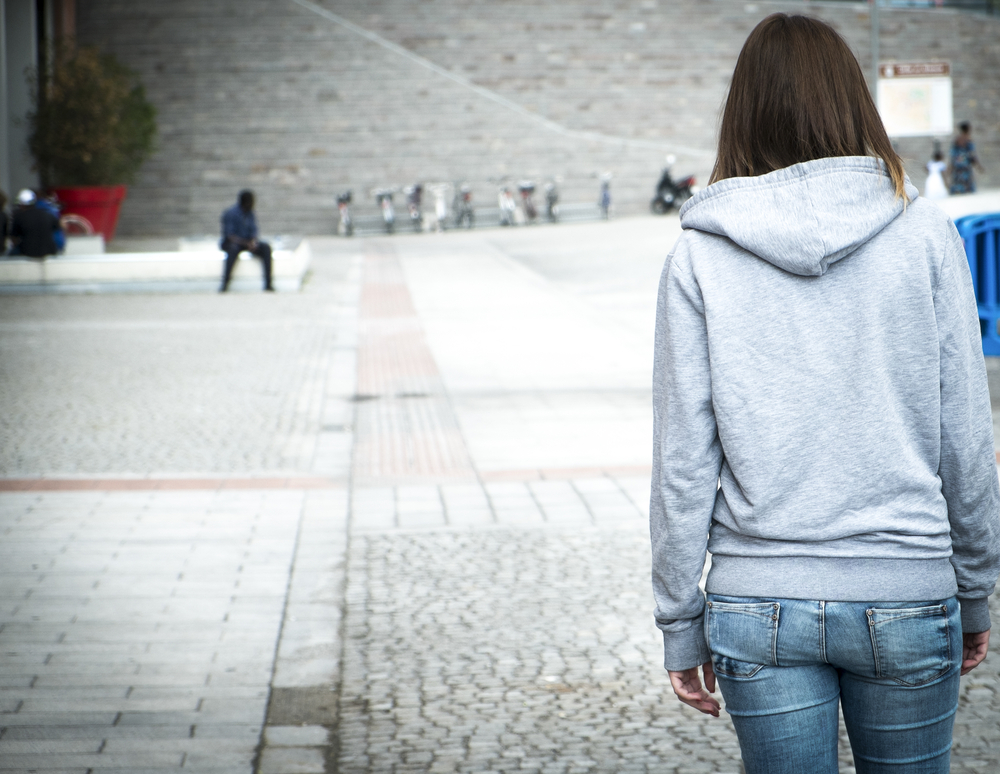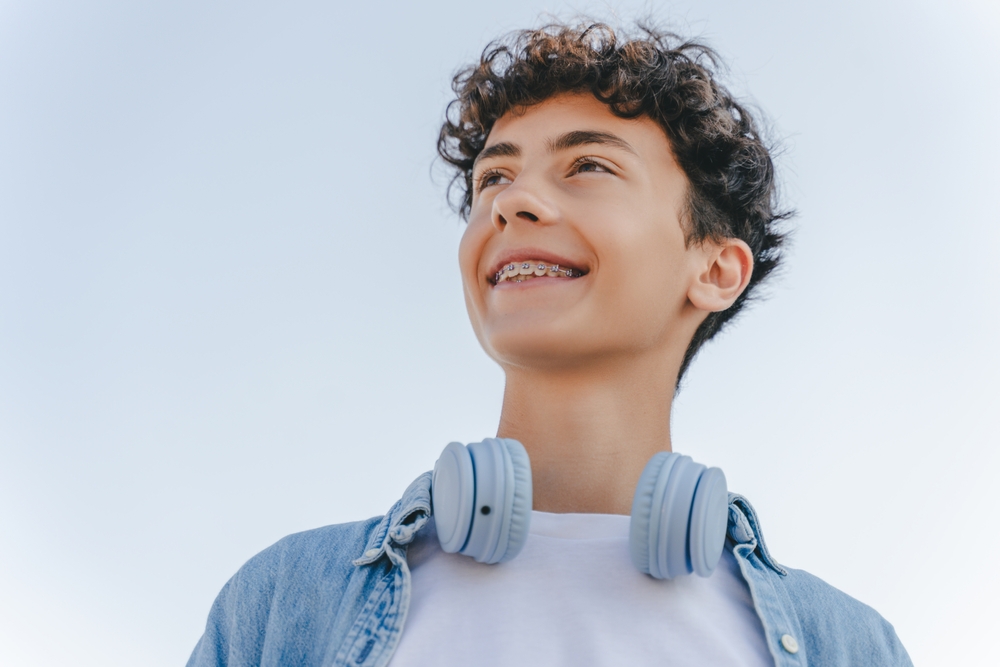Teenage anxiety is on the rise with statistics showing more young people than ever struggling with feelings of stress, worry, and fear. According to recent surveys, over 31.9% of teens report experiencing anxiety symptoms regularly, and around one in five teenagers will suffer from an anxiety disorder at some point in their lives.
As anxiety becomes more prevalent among today’s youth, it is more important than ever for parents, educators, and mental health professionals to understand this condition and help teens develop healthy coping strategies.
This blog post aims to shine a light on teenage anxiety by exploring its causes and effects, recognizing signs and symptoms, and offering evidence-based techniques to help calm anxious minds.
Understanding Teenage Anxiety
Teenagers face a unique set of challenges as they navigate physical, emotional, and social changes during the transition to adulthood. Hormonal shifts, academic pressures, budding independence, and developing identities all contribute to elevated stress levels.
For anxious teens, normal developmental challenges are compounded by a predisposition to overthinking, fearfulness, and negative thought patterns. Their worries may seem irrational or excessive in comparison to peers, even though the feelings of anxiety feel very real to them.
It is important to approach teenage anxiety with empathy, avoid dismissiveness, and validate their experiences. With guidance and support, anxious teens can learn to manage intrusive thoughts and face fears, rather than avoid situations that trigger anxiety.
Social Pressures and Teen Anxiety
Technology and social media have amplified societal expectations on teenagers in unprecedented ways. Near-constant access to curated highlight reels from friends’ lives fuel feelings of comparison, inadequacy, and FOMO (fear of missing out).
Studies show teens who spend more time on social networking sites are more likely to report mental health issues like anxiety and depression.
While social media can offer benefits if used mindfully, the competitive nature and performative aspects contribute greatly to heightened anxieties in young users.
Mental health professionals recommend limiting non-essential screen time and following accounts that promote positivity rather than perfection.
Checking in regularly with teens about their social media use and what influences them can provide opportunities for education and reassurance.
Signs and Symptoms of Teen Anxiety
Some common signs that a teen may be struggling with anxiety include persistent worrying, difficulty concentrating, irritability, fatigue, upset stomach, headache, muscle tension, avoidance behaviors, and increased sensitivity to rejection or criticism.
Physical symptoms are a tell-tale sign that anxiety is affecting both the mind and body. It’s also important to note if changes in behavior or personality occur or daily functioning starts to diminish. Watch for withdrawal from social activities, falling grades, clashes with authority, and signs of depression.
While occasional anxious feelings are normal for teens, professional help should be considered if symptoms are frequent, persistent, or impairing daily life. Counseling provides tools to manage anxiety before it escalates or leads to co-occurring disorders.
Factors Contributing to Teenage Anxiety
Multiple influences contribute to rising rates of anxiety among adolescents. Intense academic pressure to achieve high grades and test scores fuels worries over perceived lack of potential or failure.
Shifting family dynamics as teens assert more independence sparks anxiety in relation to parental relationships and expectations. Developmental changes that make peer acceptance even more crucial heighten social comparison and anxieties related to appearance or likability.
24/7 access to technology removes the off switch from stresses related to academics and social networking.
Lack of sleep due to late-night screen time compounds stress levels and mental health issues. While all these factors play a part to varying degrees depending on individual experiences, identifying triggers is the first step towards developing coping strategies.
Impact of Teen Anxiety on Daily Life
Severe and untreated anxiety takes a toll on every aspect of a teenager’s development. It negatively impacts concentration and memory at school, hampering learning ability and grades. Social interactions become limited due to fear of embarrassment, rejection, or unwanted attention.
Anxious traits like risk aversion can inhibit extracurricular participation, leadership skills and life experiences that build confidence.
Physically, chronic stress puts teens at higher risk of illnesses and sleep issues. Additionally, anxious thoughts left unmanaged with professional help can snowball into more critical disorders like depression, addiction, or phobias. Teens may turn to maladaptive coping mechanisms that undermine mental and physical wellbeing.
Overall quality of life suffers for anxious adolescents unable to experience normal challenges and enjoy life freely without worry.
Developing healthy methods to self-soothe anxiety early on is imperative.
Strategies to Help Teens Calm Anxiety
Managing anxiety takes ongoing effort but paying attention to mental wellness lays the groundwork for lifelong resilience. Small changes targeted to an anxious teen’s needs can make a positive impact. Approaching challenges supportively and avoiding catastrophizing reassures teens they have support.
Prioritizing self-care through sleep, diet and exercise alongside professional guidance helps anxious minds develop coping strategies from the inside out. Breathing techniques, mindfulness practices and healthy outlets nourish positivity and independence even during difficult periods.
With encouragement, anxious teens can gain self-awareness and skills to face challenges with less worry and more confidence.
Breathing Techniques for Teen Anxiety
Deep breathing is a simple but powerful way for teens to calm their anxiety in the moment. When worried thoughts start spiraling, breathing shifts the body out of “fight or flight” physiology into relaxation. Try this three-part breathing exercise with teens:
- Breathe in slowly through the nose for 4 seconds, feeling the belly rise.
- Hold breath for 2 seconds.
- Exhale through pursed lips like blowing out birthday candles for 6 seconds.
- Repeat for 5 minutes as needed.
Variations include visualizing worries floating away as they exhale or focusing on bodily sensations during each phase. Once mastered, breathing techniques provide an anytime, anywhere tool teens can use independently to regain calm. Regular practice primes the parasympathetic nervous system for better regulation during stressful times.
Mindfulness Practices for Teenagers
Mindfulness cultivates awareness of present experiences non-judgmentally. Research links mindfulness practices to reduced anxiety levels through strengthened emotion regulation abilities.
Simple yet regular mindfulness exercises are highly appropriate for anxious adolescents. The body scan involves slowly focusing awareness on each part of the body, feeling physical sensations without thinking.
Counting breaths to 10 and restarting if the mind wanders trains focus and patience. Another option is guided imagery inviting teens to visualize a calming scene in vivid detail using all five senses. Mindfulness promotes acceptance towards uncomfortable emotions and situations rather than avoidance.
Healthy Coping Mechanisms for Teen Anxiety
Reassure anxious teens that difficult feelings are manageable and they have options beyond worrying. Productive coping replaces avoidance and rumination with purposeful distraction through activities bringing enjoyment and flow.
Suggest regular exercise, music, art, dancing, or nature photography to transport teens out of anxiety physically and mentally. Writing creatively in journals encourages processing feelings and insights that counter anxiety-fueling thoughts over time.
Volunteering or hobbies build social skills and self-esteem while fulfilling normal developmental needs that anxiety inhibits. Limiting caffeine and practicing good sleep hygiene also alleviate anxiety symptoms significantly.
With patience and encouragement, healthy coping habits replace anxious tendencies as teens strengthen resilience through experience of mastery and control over thoughts and feelings.
Conclusion
Understanding teenage anxiety requires empathy, recognition of mental wellness as proactively important, and guidance tailored to unique challenges each youth faces. Small adjustments to habits and environment, and regular connection reinforcing values of self-acceptance and support enhance coping resources from within.
Breathing, meditation, productive expression of feelings and needs, and purposeful living strengthen resilience and life satisfaction despite anxiety’s attempts to diminish them.
To anxious teens wondering if feeling better is possible, know that with compassionate assistance and consistent application of skills, anxiety loses power while competency and enjoyment grow continuously. Keep striving – you’ve got this.











0 Comments